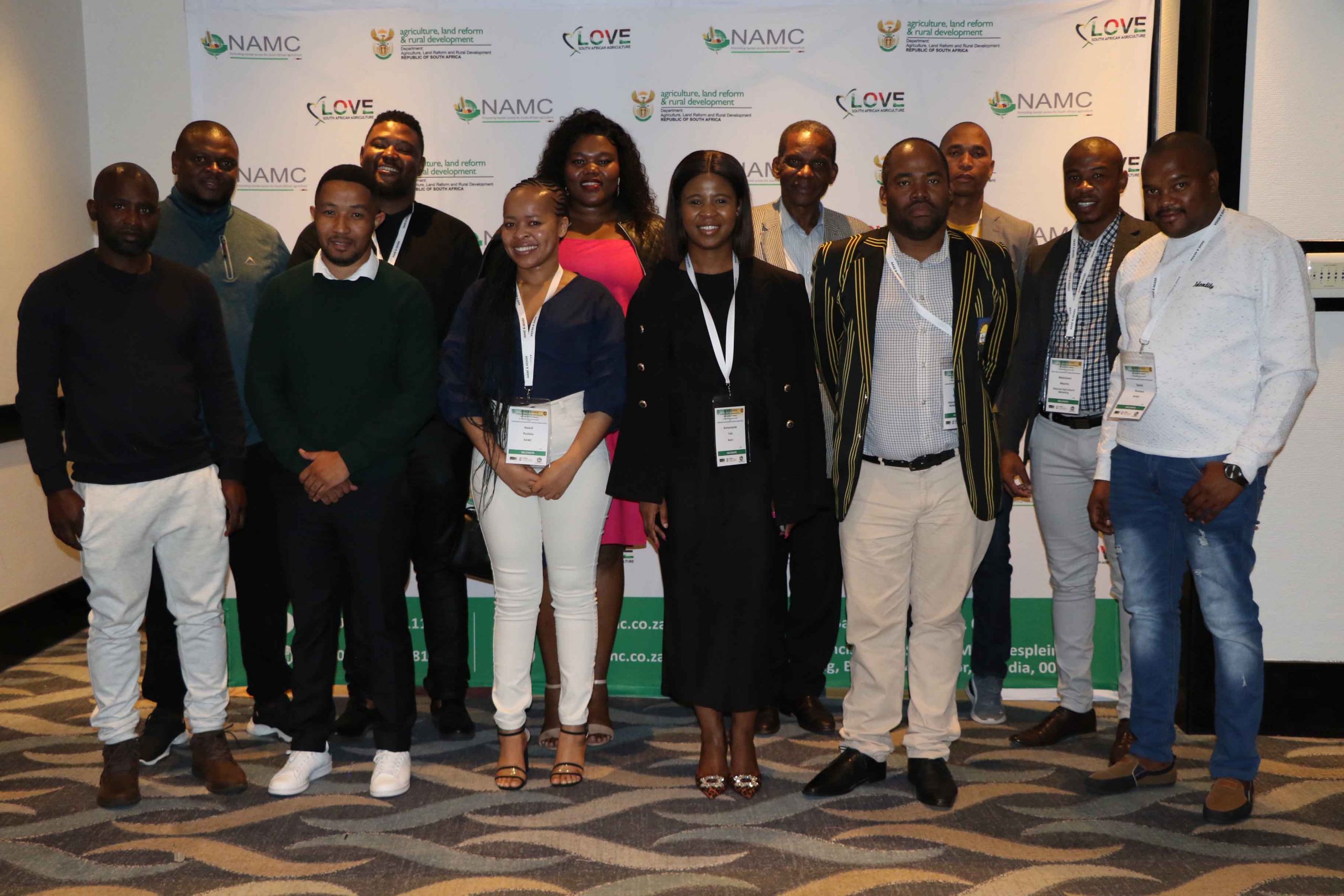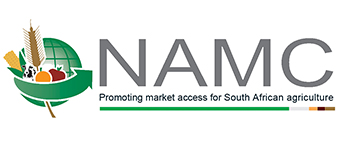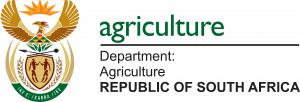NAMC KEEPS STAKEHOLDERS ABREAST ABOUT AAMP DURING AEASA CONFERENCE

The National Agricultural Marketing Council (NAMC) held a workshop at the 60th Annual Conference of the Agricultural Economics Association of South Africa (AEASA) in Durban, South Africa. The aim of the workshop was to update stakeholders about progress made on the Agriculture and Agro-processing Master Plan (AAMP).
The conference was hosted jointly by AEASA and African Association of Agricultural Economists (AAAE) from 18 – 21 September under the theme: Through Crisis: Building Resilient Agri-Food Systems in Africa.
The AAMP is a strategic framework that aims to transform and restructure the agriculture and agro-processing sectors in South Africa by addressing the challenges of competitiveness, inclusivity, sustainability, and food security. In its capacity as AAMP coordinator, the NAMC organized the awareness workshop to share progress and achievements of the AAMP implementation, as well as solicit inputs and feedback from academics, researchers, policymakers, farmers, and industry players.
“The workshop seeks to provide an update on the AAMP’s progress, clarify delivery models, and solicit advice on what needs to be considered for the Plan to bring about the envisaged intervention,” said Mr Bonani Nyhodo, a member of the AAMP Coordinating Team.
The awareness conference featured presentations from the NAMC, Department of Agriculture, Land Reform and Rural Development (DALRRD), and Milk South Africa. Several topics were covered during the presentations, including the frameworks for production schemes and Value Chain Round Tables.
Setting the tone for the workshop, Ms Nomantande Yeki emphasized that the production schemes seek to promote inclusive growth in the sector through district-based commodity value chain development backed by comprehensive farmer support. “A successful production schemes require meaningful partnerships between the public and private sectors,” she added.
Mr Bonani Nyhodo made a presentation, which focused on Value Chain Round Tables (VCRTs) as one of AAMP’s delivery models. VCRTs are implemented in the spirit of partnership between private and public sectors, where government provide secretariat services and support.
“As a result of VCRTs, the private sector and government will be able to work together to implement solutions for a particular industry or sector. Five VCRTs have already been established (fruit, wine, vegetables, wool, poultry)”, Nyhodo explains. “Two more VCRTs will be established, which are grain and red meat. Two of the five establishments are fully operational (wine and wool),” added Nyhodo.
Adding to the discussion, Dr Sifiso Ntombela emphasized that the two AAMP delivery models, i.e. VCRTs and Production Schemes, are intended to coordinate and regularize interactions between agribusiness, government, and labour for the development, transformation, and inclusive growth of the agricultural sector. “The time is ripe to accelerate the implementation of the AAMP through these two delivery models”, said Dr Ntombela.
The workshop also provided a platform for dialogue and discussion among the participants, who raised questions and comments on various aspects of the AAMP. “The AAMP document is well conceptualized, but it’s important to define the AAMP objectives clearly, including the minimum wage.” said Prof. Hlongwane.
Mr. Godfrey Rathogwa, the Transformation Manager at Milk South Africa shared the transformation strategy of Milk SA, which is aimed at assisting farmers who are interested in milking cows. He explained that Milk SA works closely with the Provincial Departments of Agriculture (PDAs) to ensure that all stakeholders are involved and that farmers benefit from the support and interventions provided by Milk SA.
“Milk SA has managed to unlock more funds from the AgriBEE and First Rand Empowerment Fund to assist emerging farmers,” said Mr Rathogwa.
He emphasised that Milk SA is committed to aligning its transformation strategy with the AAMP vision and objectives, and to collaborate with other value chain partners to enhance the competitiveness and inclusivity in the dairy sector.

